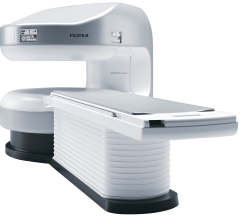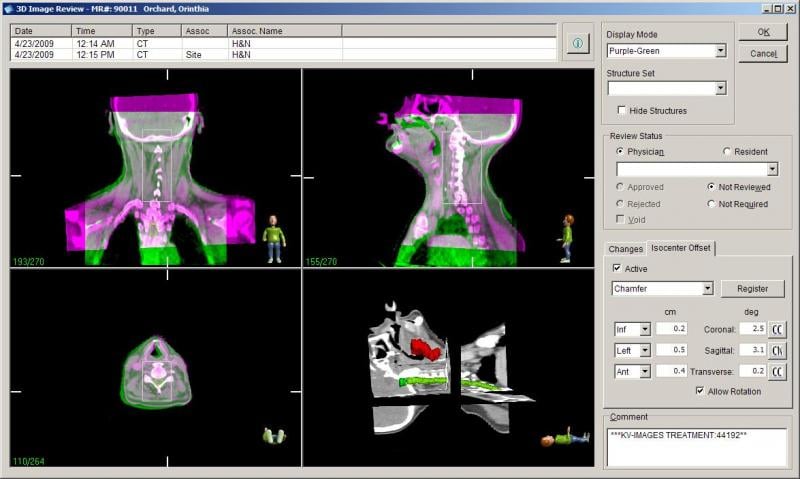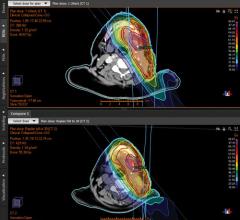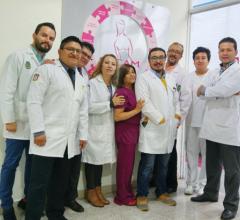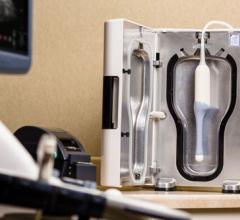An interview with Matthew Budoff, M.D., FACC, director of cardiac CT, Harbor-UCLA Medical Center, Torrance, Calif., at ...
Here are the top 20 most popular articles on the Imaging Technology News (ITN) magazine website from the month of June based on website analytics:
July 7, 2016 — According to a May 2016 survey of 1,300 physician groups of five or less clinicians, 67 percent of high ...
Fujifilm’s APERTO Lucent is a 0.4T mid-field, open MRI system addressing today’s capability and image quality needs ...
Laurel Bridge Software, provider of enterprise medical imaging workflow solutions, announced new workflow capabilities that enable healthcare organizations to meet their evolving healthcare delivery needs, which increasingly require images.
An interview with Leslee Shaw, Ph.D, FACC, FASNC, FAHA, co-director of the Emory Clinical Cardiovascular Research ...

SPONSORED CONTENT — Fujifilm’s latest CT technology brings exceptional image quality to a compact and user- and patient ...
The American Society of Business Publication Editors (ASBPE) handed out its 2016 Azbee Awards for the Upper Midwest Region at a banquet in Chicago on June 29. The Azbee Awards recognize editorial and design excellence in the business, trade and specialty press.
SPONSORED CONTENT — Fujifilm’s latest CT technology brings exceptional image quality to a compact and user- and patient ...
Mammography may be the most recognizable — and singularly effective — type of personalized medicine, benefitting from digital developments that have taken shape over the past 16 years. Recently published literature attributes a reduction in breast cancer deaths up to 28 percent.1 Yet mammography is not the only way to personalize medicine. And it certainly is not the only one that can benefit from the development of advanced technologies.
As radiologists, most of us have seen firsthand how dense breast tissue can mask cancer in mammography. As breast density increases, mammography sensitivity decreases and breast cancer risk elevates, highlighting the need for optimal approaches to individualized breast cancer screening.
I am neither for or against deconstructed PACS, but rather feel that the way it has been presented is more marketing hype than anything else.
SPONSORED CONTENT — EnsightTM 2.0 is the newest version of Enlitic’s data standardization software framework. Ensight is ...
As healthcare continues to evolve and grow, so does the need to make the large number of disparate technologies fit together and function seamlessly. In some cases, this means first taking apart or reconstructing these information systems. There has been a long-standing need in healthcare to put all components of the patient record with images and all support diagnostic documentation into a single solution rather than a multitude of partial solutions.
An interview with Ricardo Cury, M.D., director of cardiac imaging, Miami Cardiac and Vascular Institute, at the Society ...
Treatment planning systems are at the heart of radiation therapy (RT) and the key to improved patient outcomes. Once image datasets are loaded and the tumors are identified, the systems develop a complex plan for each beam line route for how the therapy system will deliver radiation.
Did you know that approximately one-third of all the data in world is created by the healthcare industry and that ...
The Radiation Oncology Department at Auckland City Hospital, New Zealand, has made great strides in boosting efficiency over the last few years, while taking quality of treatment to new levels. It’s a shift in which technology has played a significant role. Today, the department is a pioneer of adaptive therapy. It also boasts one of largest VMAT programs in Australasia and operates a completely paperless workflow.
Following the global trend, cancer rates in Mexico continue to rise — and breast cancer is now the number-one killer of Mexican women. Unfortunately, only around half of Mexican women have access to mammography screening, and one in four women are diagnosed at advanced stages of breast cancer. Extending screening is a critical first step to reducing breast cancer deaths. But with fewer than 250 radiation oncologists for its 100 million-plus population, high patient volume is a challenge for all Mexico cancer treatment facilities.
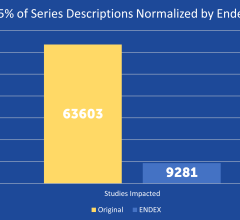
SPONSORED CONTENT — EnsightTM 2.0 is the newest version of Enlitic’s data standardization software framework. Ensight is ...
Like much of healthcare, the business of radiology is continuously being challenged to search for ways to define their value in an ACO model. Finding the balance between volume-based, efficient care and the desire to be more involved in the patient care team can be difficult. As the demand to be more efficient increases, so does competition. While financial pressures grow, radiologists are challenged to manage complex workflows while expectations of service quality and quick turnaround times grow.
As the healthcare industry continues to rapidly evolve, hospitals and healthcare providers find themselves having to be more adaptable. Changes in technology and payment are altering how treatment is delivered, with a greater emphasis on moving patients in and out of the hospital more quickly while still delivering a high quality of care. For radiology, this means increasing patient throughput and providing imaging study results faster. These conditions have contributed to the rise of mobile digital radiography (DR) systems, which are helping streamline operations throughout the hospital.
Manually soaking ultrasound probes has long been the standard. But ultrasound users and administrators know well the challenges that come with it. New technologies are helping to overcome them, offering quick, easy and cost-effective methods of high-level disinfection (HLD) to improve patient safety, staff efficiency and audit compliance.
I recently attended the 2016 Annual Meeting of the Society of Nuclear Medicine and Molecular Imaging (SNMMI) in San Diego. This year’s meeting included a celebration of the 40th anniversary of FDG, a radiopharmaceutical used in the medical imaging modality positron emission tomography (PET) that has had a pervasive impact on molecular imaging. At the opening plenary session, the Henry Wagner Lecture was given by Joanna Fowler, Ph.D., Brookhaven National Laboratory, on “Designing and Synthesizing FDG for the First Human Studies in 1976.” Signage throughout the convention center featured FDG pioneers and quotes on FDG by past presidents.
Navidea Biopharmaceuticals Inc. announced results from three investigator-initiated studies of the Lymphoseek injection at the 2016 Annual Meeting of the Society of Nuclear Medicine and Molecular Imaging (SNMMI), June 11-15 in San Diego.
Pentax Medical announced the launch of a new high-definition (HD) pulmonology endoscopy system in the European, Middle Eastern & African (EMEA) markets.


 July 07, 2016
July 07, 2016 


